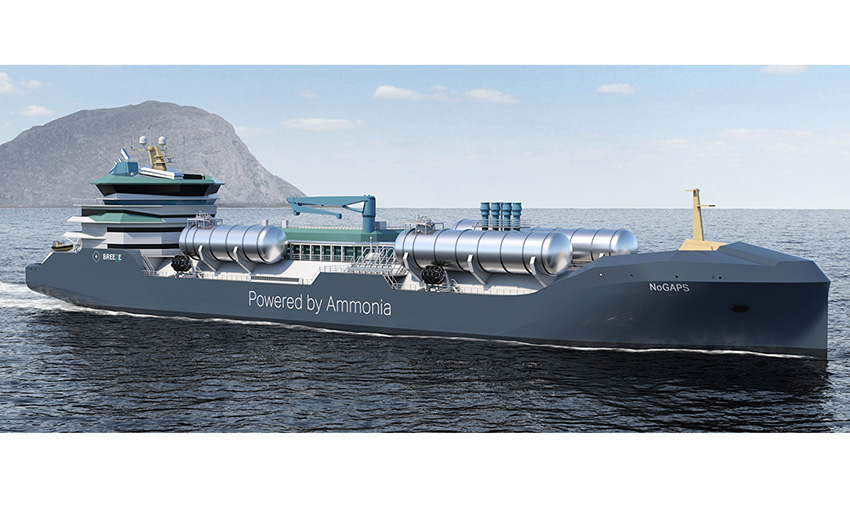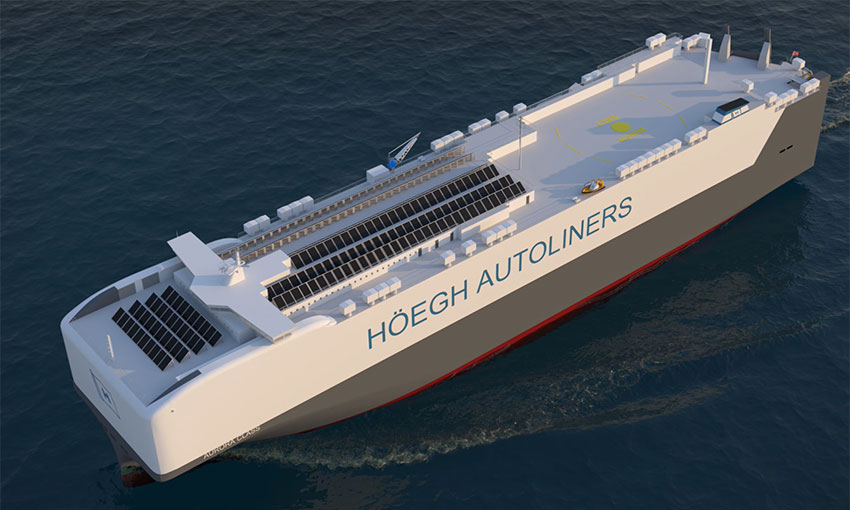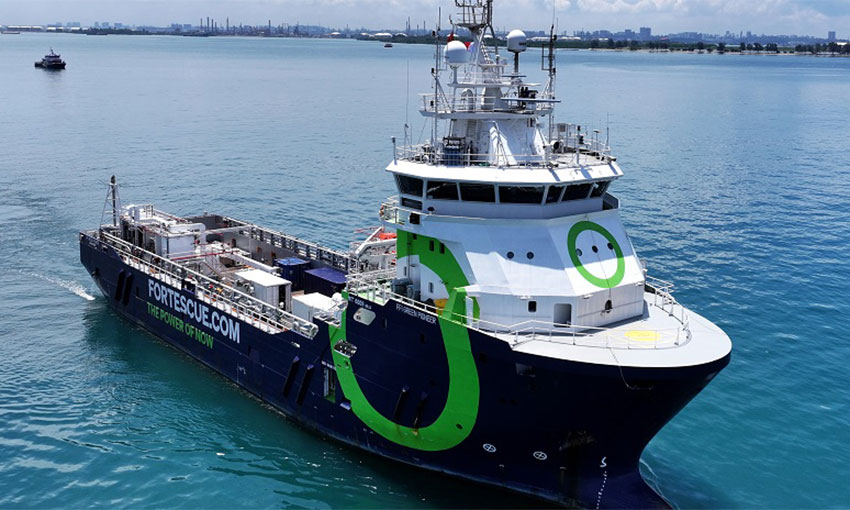OPERATING ammonia-powered gas carriers could be commercially viable from 2026, according to the Global Maritime Forum
An analysis from GMF found that the cost gap between running ships on ammonia versus conventional fuel could close by 2030 – possibly as early as 2026.
GMF published the analysis as part of the Nordic Green Ammonia Powered Ships (NoGAPS) project, co-funded by Nordic Innovation.
It explored the cost concerns around ammonia-powered gas carriers, which are seen as “significantly more expensive” to own and operate than conventional gas carriers.
The study used the project vessel MS NoGAPS to explore pathways for commercialising early ammonia-powered vessels.
The ammonia carrier NoGAPS is designed to operate between the US Gulf and Northwestern Europe. DNV awarded the design an approval in principle in June this year.
“Since 2020, the NoGAPS project has brought together key industry leaders to progress an ammonia-powered gas tanker concept towards real-world implementation,” GMF project director Jesse Fahnestock said.
“With the completion of this latest project phase, we not only have a detailed ship design that could be used for a shipyard tender but also a feasible commercialisation pathways.
“We hope this boosts confidence amongst charter parties and investors to take steps towards the realisation of MS NoGAPS and other ammonia-powered vessels.”
GMF said the main barrier to finding competitive finance for projects like MS NoGAPS is the elevated costs and commercial risks of early ammonia-powered vessels.
Its analysis identified methods for responding to the barrier, including dual-fuel vessel design, competitive debt financing arrangements, operational efficiencies, fuel subsidies, and governmental regulation.
GMF believes the most effective way to reduce the cost gap between ammonia and conventional fuel is to pull on numerous cost-reduction levers simultaneously.
The NoGAPS project
The first phase of the NoGAPS project ran from 2020 until 2021. The current second phase is due to wrap up in 2025.
The project involves participants from the Nordic shipping and energy value chain, namely Yara Clean Ammonia, BW Epic Kosan, MAN Energy Solutions, Wärtsilä, DNV, Mærsk Mc-Kinney Møller Center for Zero Carbon Shipping and GMF.
The Danish Maritime Authority also supports the project as the flag representative and Breeze Ship Design is involved as the ship designer.
Murali Srinivasan, Yara Clean Ammonia senior vice president, commercial, said the NoGAPS ship design and outline of commercialisation options could help accelerate the acceptance of clean ammonia as a zero-emission fuel.
“Yara Clean Ammonia’s collaboration with NoGAPS is yet another example of our commitment to developing clean ammonia as credible zero-emission shipping fuel.”
And Claus Graugaard, CTO onboard vessel solutions at the Mærsk Mc-Kinney Møller centre, said the project the NoGAPS project set out to explore the commercial and technical opportunities for introducing early mover, low emission shipping services.
“Bringing together leading industry players to innovate and qualify technical, safety and commercial viability for asset deployment has proven its strength and ability to develop solutions for the new future of shipping,” Mr Graugaard said.





